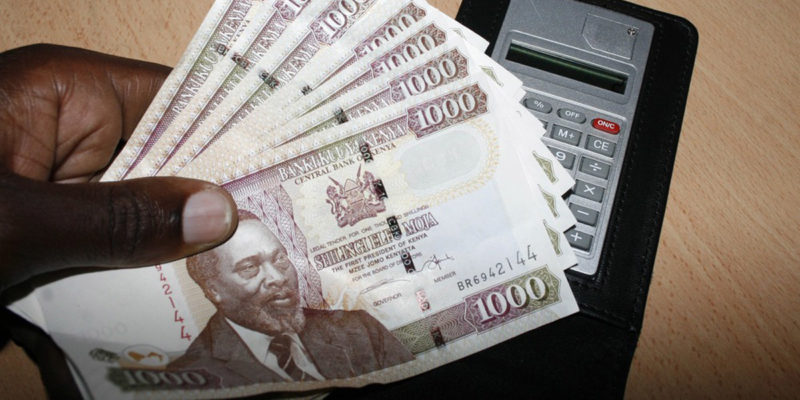Kenya’s economic growth expanded by 5.7% during the first quarter of 2018, a four-year high as per numbers revealed on June 29 by the Kenya National Bureau of Statistics (KNBS).
Provisional estimates of the country’s Gross Domestic Product (GDP) during January-March shows that this year’s first quarter economic growth surpassed the 4.8% expansion that was experienced in the country during a similar period in 2017.
The increase is due in part to favourable weather as well as the calm that followed the storm of the contentious extended electioneering period of 2017. “The significant acceleration in growth was mainly attributable to improved weather conditions and a boost in business and consumer confidence
after the conclusion of general elections in 2017,” said KNBS.
Recovery in activities of agriculture as well as improved output in wholesale and retail trade, manufacturing, and real estate sectors also contributed to the growth. Agriculture for example grew by 5.2% whereas during the same period last year it had grown by 1%.
KNBS’s report said, “The sector’s growth was mainly supported by favourable weather conditions during the fourth quarter of 2017 and onset of long rains in early March 2018.” In addition, most agricultural sub-sectors largely experienced growth apart from fishing, where performance remained subdued.
The manufacturing sector also grew by 2.3% as compared to 1.3% in the first three months of 2017.
Construction on the other hand experienced a deceleration, as the 7.2% growth was lower than the 8.2% from last year’s first quarter. KNBS attributed this to a decline in consumption of cement as well as a decreased volume of cement import.
Other sectors that experienced slow growth included; electricity and water (5.1% as compared to 6.1%), transport and storage (7.1% as compared to 9.4%), accommodation and food services activities (13.5% as compared to 24.5%), and the financial and insurance sector (2.6% as compared to 5.3%).
Despite the various sectoral slowdown in growth, key macroeconomic indicators were largely favourable to growth. Inflation for example averaged 4.49% during the reviewed quarter, while last year’s first quarter cost of living measure averaged 8.77%.
READ: INFLATION RISES AS FOOD PRICES DROP
“In the money market, the Kenya Shilling recorded mixed performance against its major trading currencies. The most noticeable was a significant weakening of the Shilling against the Euro and the Pound Sterling,” KNBS added.













1 Comment